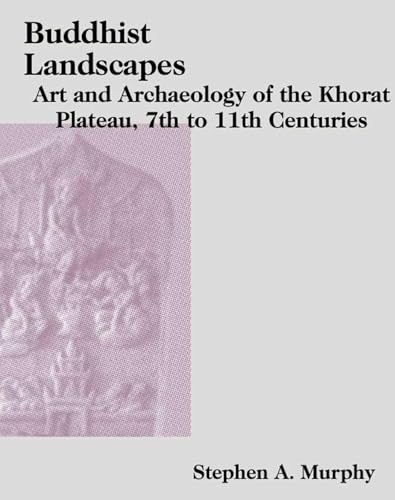Dr. David Brotherson is giving a presentation next week on his research on the Angkor water management system.
The human modified environments which characterize much of the modern world have a long pedigree, predating even the emergence of agriculture. Over time, socio-ecological systems (a given people, their resources and cultural institutions) can adapt to occupy almost any environment, and withstand particular types of natural or social disruptions within a particular range of variability. However, no single system can be resilient to all disturbance types as there is a tradeoff – the capacity to withstand one type can make it vulnerable to another. In Southeast Asia, water management systems appear in the late prehistoric period, in association with increasing social complexity and population expansion.
Angkor, the capital of the Khmer Empire, dominated much of the Southeast Asian mainland from the 9th to 14th centuries, and constitutes one of the largest temple complexes on earth. Situated within the sharply seasonal “dry zone” monsoon climate, Angkor’s water management systems would also achieve staggering proportions. This lecture explores how water management infrastructure were a necessary element for the subsistence of a large-scale urban settlement which facilitated Angkor’s development and expansion. However, in the face of unprecedented climate variability, particular modifications to the system would render it inherently vulnerable. While these disruptions had a negative impact on the sustainability of Angkor as an urban system, other socio-economic components of Khmer society proved more resilient.
Register here.













![[Talk] The Ancient Town of Si Thep in Thailand: A Crossroads of Indianization](https://www.southeastasianarchaeology.com/wp-content/uploads/2024/07/the-ancient-town-of-si-thep-in-thailand-a-crossroads-of-indianization-502-120x86.jpg)











